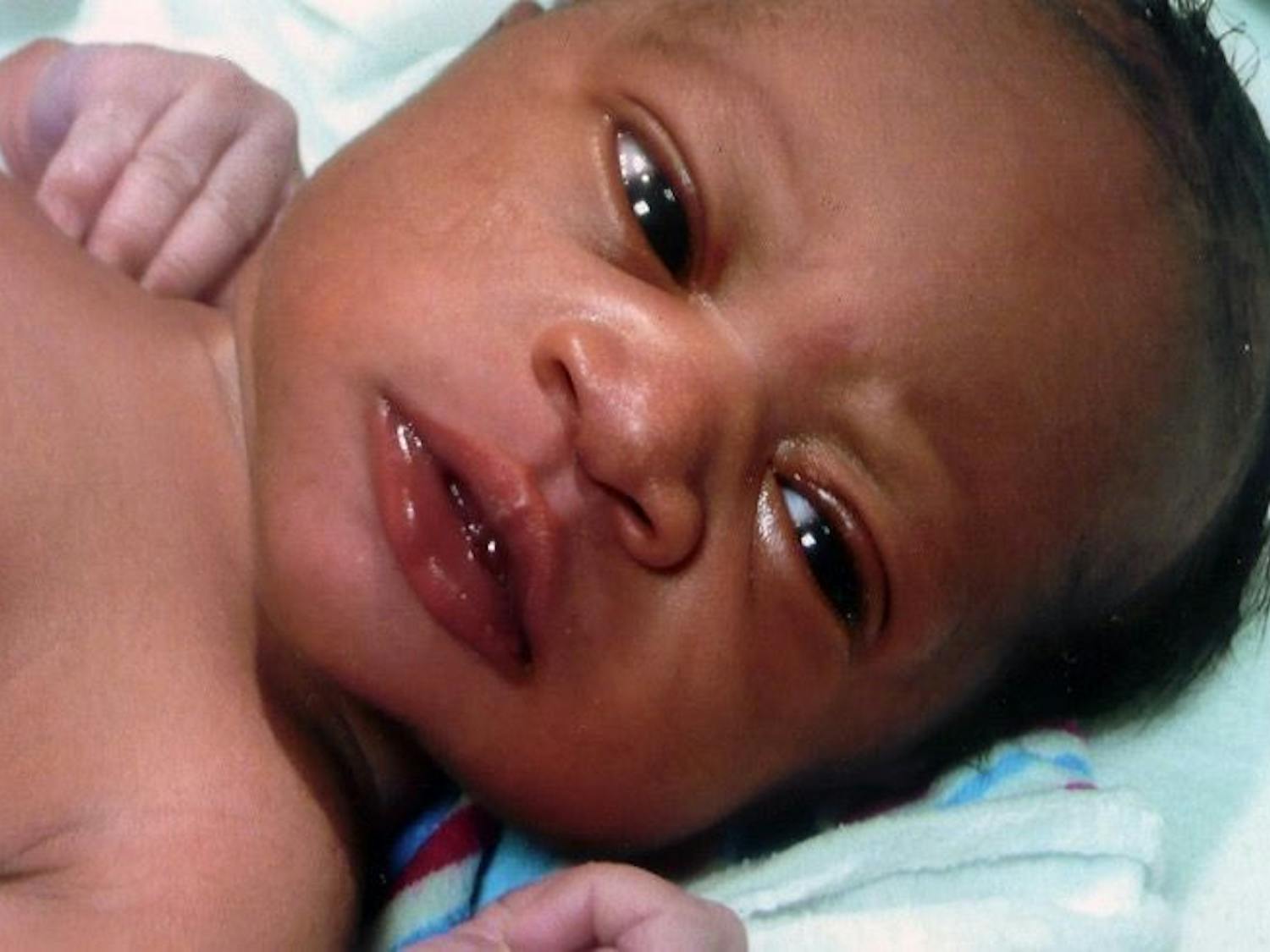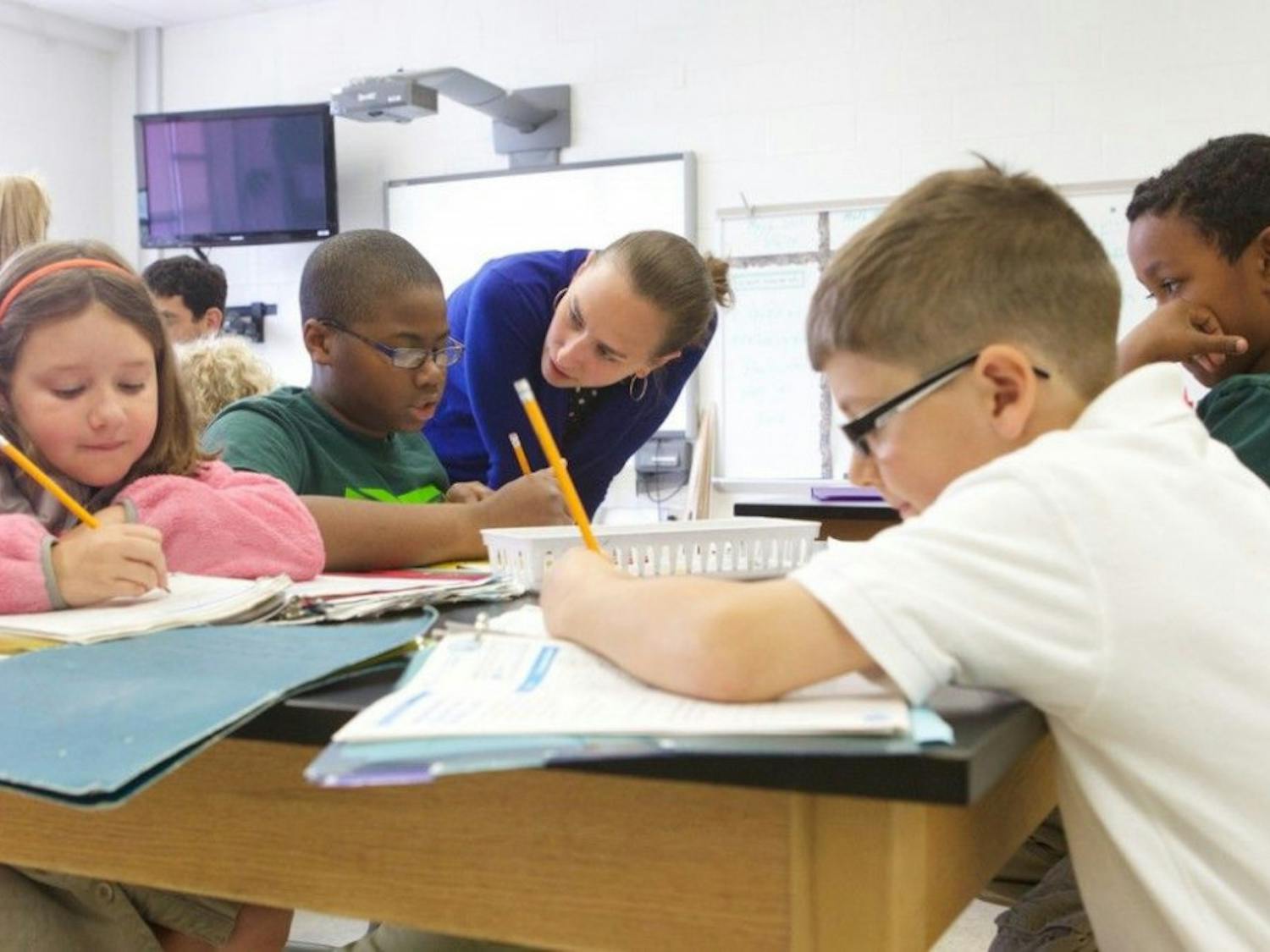Due to campaigns such as President Obama’s 2008 and 2012 campaigns, which incorporated sites like YouTube, Twitter and Facebook to connect with voters, scholars have analyzed the growing relationship between social media usage and political engagement.
In 2012 a well-known study in the journal Nature called “A 61-Million-Person Experiment in Social Influence and Political Mobilization” suggested that Facebook message feeds could significantly influence voting patterns. Since the release of the study that combined Facebook data and collaboration with scientists, many other studies on the subject of social networking sites (SNS) followed, including a 2015 meta-study in the journal Information, Communication, and Society called “Social Media Use and Participation: A Meta Analysis of Current Research.” This particular study stated that the correlation between social-media use and election-campaign participation seemed “weak based on the set of studies analyzed.”
With so many studies released with conflicting results, Professor Joseph Hayden, here at the University of Memphis, explained the state of social media-politically correlated findings.
“The research is a little bit divided on how far the social media is pushing you to participate, and we don’t really know where that line is,” Hayden said. “Clearly it’s doing more than the absence of social media would. Its sort of unprecedented in how it's able to unite people around certain causes and issues.”
Hayden described a favorite example of social media acting as an “extraordinary” and “useful” tool for mobilizing people and uniting them to cause change.
In Mangalore, India 40 members of an ultra-orthodox Hindu political group Sri Ram Sene entered a pub called Amnesia where they beat up, scared, harassed and chased women out of the bar. Founder of the Sri Ram Sene, Pramod Muthalik, justified his group's actions by calling the victims “pub-going, loose and forward women.” One of these women, Nisha Susan, created a Facebook group called “The Consortium of Pub-Going, Loose, and Forward Women” where she encouraged those affected to go back to the bar and to not be afraid of the Sri Ram Sene. The group quickly reached 30,000 members and the attention of authorities and media that had previously disregarded the injustices as insignificant.
“The officials only paid attention to this once they had this critical mass of people that could really have only been assembled (or there was little other chance they would have been brought together) except by social media,” Hayden said. “Here you have a great example of somebody who was able to build some kind of social movement, some kind of social cause where she’s using social media to provide a voice and to provide support and eventually to get some media attention.”
Pramod Muthalik, leader of the Sri Ram Sene, was eventually arrested after Nisha Susan launched 2009’s “Pink Chaddi Campaign” where she and the “Consortium of Pub-Going, Loose, and Forward Women” encouraged the women of India to send their underwear to Muthalik’s house.
“That’s just a good example of how social media can provide a real support network for people and that can eventually lead to political change,” Hayden said. “Again we don’t always know how far it will take people or what participation it will ensure, but it could do that. It’s a great benefit for political activism.”
Professor Hayden said that the “Consortium of Pub-Going, Loose, and Forward Women” serves as a great example for political activism but isn’t sure how far the internet can influence the public to do something along the lines of electing officials.
“I think in general social media is a huge benefit to social political activism just because of that ability to coordinate and unify people,” Hayden said. “But again how far does that push them? Does it actually get them into the voting booth? I think the research doesn’t inclusively show us that yet.”



